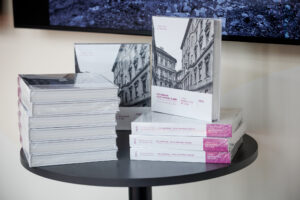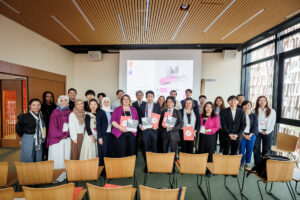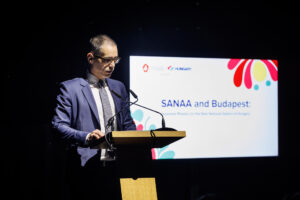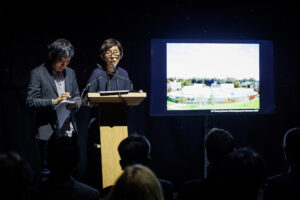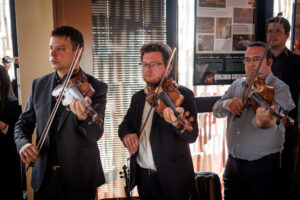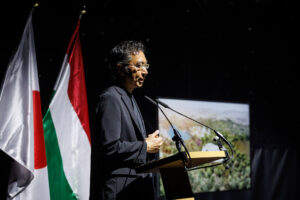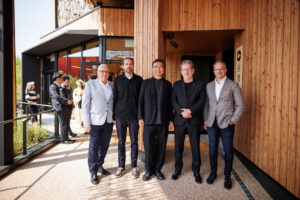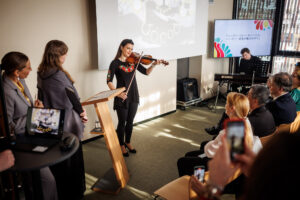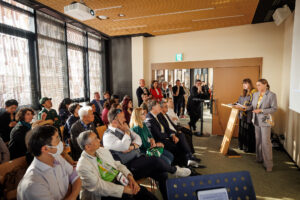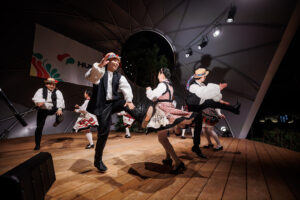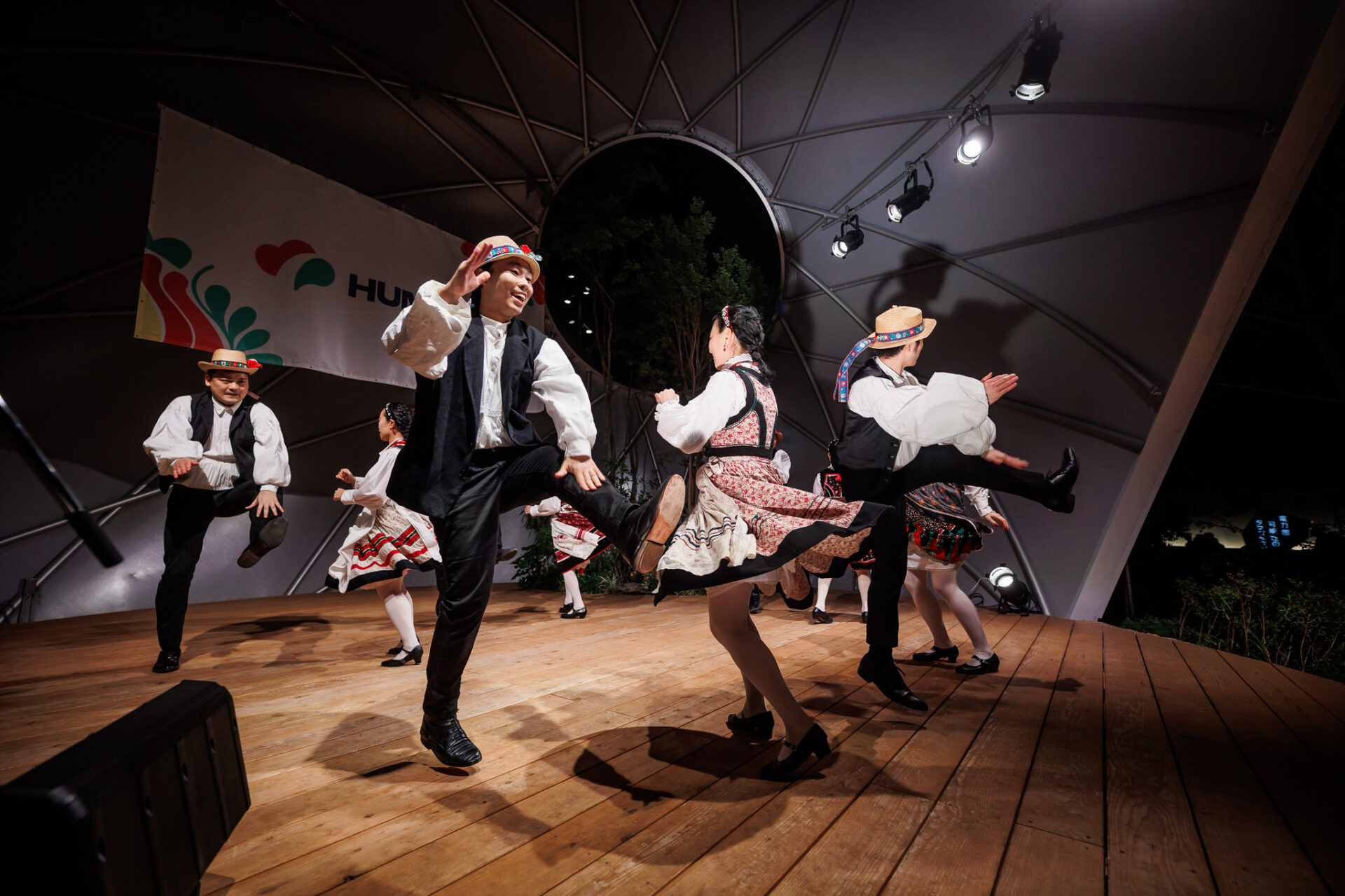
From April 28 to 30, the Hungary Pavilion at Expo 2025 Osaka became a vibrant hub of cultural celebration, showcasing the very best of Hungarian culture through a three-day program series organized by the Ministry of Culture and Innovation and the Ministry of Construction and Transport. Visitors to the Expo were invited to explore Hungary’s rich cultural heritage and its contemporary expressions through music, folk dance, crafts, design, and architecture.
The thematic days placed a strong emphasis on strengthening cultural diplomacy. Gábor Csaba, Deputy State Secretary for Cultural Diplomacy at the Ministry of Culture and Innovation, presented the framework of Hungary’s cultural diplomacy and the global network of Hungarian cultural institutes. In addition, Krisztina Merényi, Director of the Liszt Institute in Tokyo, gave a lecture in Japanese about the Institute’s activities and the development of Hungarian-Japanese cultural relations.
The program included lectures, craft workshops, and architectural presentations, offering a comprehensive look at how tradition and innovation intertwine in Hungary. The Architecture Day on April 28 was officially opened by Regő Lánszki, State Secretary of the Ministry of Construction and Transport. As part of the day’s program, the UNI.CO.RE symposium brought together lecturers from Óbuda University and Osaka University to explore the cities of the future. They also presented a newly published volume on the preservation and renewal of Pest’s historical apartment buildings – an impressive result of over 15 years of joint Japanese-Hungarian research.
World-renowned Japanese architect Sou Fujimoto gave a presentation on the architectural concept behind the House of Music Hungary, while the designs of the New National Gallery in Budapest were introduced by Kazuyo Sejima and Ryue Nishizawa, the founding architects of SANAA.
In the program segment titled „Hungarian Folk Dance in Japan,” Erika Miklósa, founder of the KvintEsszencia Master School, together with the school’s students, showcased their talents. The Timár Ensemble took audiences on a journey into the magical world of traditional costumes and instruments. To conclude the thematic days, visitors to the Expo were treated to an authentic and captivating folk music performance by the Timár Ensemble.
We are proud to say that Hungarian culture was not only presented in Japan – it served as a true bridge between nations, institutions, and people.


